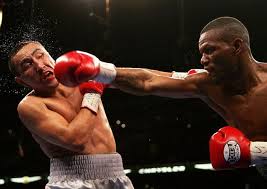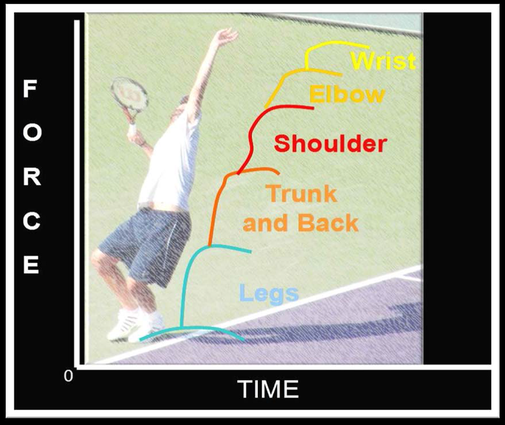An area I’ve liked to look towards is that of combat sports. I have always considered tennis to have many similarities to combat sports, both in terms of its ‘gladiatorial’ nature of being a battle most often fought 1 on 1, and also due to the fact that the tennis player must ‘strike’, though obviously in their case, a ball rather than someone else! As a result, looking at articles/literature related to combat sports is something I’ve always liked to do.
One such article I came across was, ‘Assessment and Contributors of Punching Forces in Combat Sport Athletes: Implications for Strength and Conditioning’, Seth Lenetsky, Nigel Harris, Matt Brughelli.
NSCA Strength & Conditioning Journal (Vol 35, Number 2)
The article looked to explore potential S&C strategies to improve punching force and so I thought if we substitute ‘ball strike’ for ‘punching force’, it may be possible to get a few ideas that could relate to tennis.
3 primary contributors to punching force were identified:
1) contribution of arm musculature
2) rotation of the trunk
3) drive off the ground by the legs.
I’d say that the above would correspond very closely with contributors to tennis strokes, perhaps groundstrokes especially.
The article wanted to look primarily at the research relating to lower limb involvement in punching. It is however important to consider the other contributors too.
It presented a couple of key points for me:
- In one study (Filimonov at al), of 120 boxers analysed, boxers with more experience/elite level had a greater contribution from their legs to the punch when compared with the other contributors (arms and trunk)
- A further study (Smith at al) concluded that elite boxers produced a greater punching force.
Together, the above studies would suggest that the greater the contribution from the legs, the greater the force.
Fighting Style vs Playing Style
Interestingly, Filimonov broke this down further into fighting styles and concluded that ‘knockout artists’ had a higher leg drive contribution than ‘players’ or ‘speedsters’. I would suggest there could be a certain carry-over into relative playing styles in tennis.... would it perhaps stand to reason that the Aggressive Baseliner for example would display a greater contribution from the legs in the shot than a Counterpuncher might....?
The article also makes note of studies relating to other sports, such as shot-put, javelin, even overhead throwing in children, which also support the conclusions of Filimonov regarding the importance of leg drive. The image below, taken from the ITPA CTPS workbook, ties in the concept nicely regarding the kinetic chain and the importance of the legs in order to generate force up the chain, ultimately ending with the racket.
There are many places we could go with this information, using it to inform S&C interventions to develop any player at any level while simultaneously working to reduce the likelihood of injury (the greater the contribution from the legs, the less force will have to be generated from other parts in the chain, such as shoulder or wrist, which could otherwise leave them more susceptible to injury).
The information above may not necessarily be groundbreaking but it is good to have to back up what I am sure coaches and S&C coaches are looking to do anyway.
We will look to go into some of the implications for Strength and Conditioning work in subsequent posts!
Dom is Head of Athlete Development at Halton Tennis Centre in the UK. He has been at Halton, working with players of all ages, ‘from the cradle to the tour’ (!) since 2007.







 RSS Feed
RSS Feed
